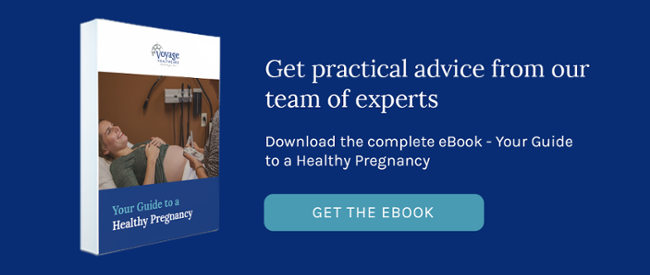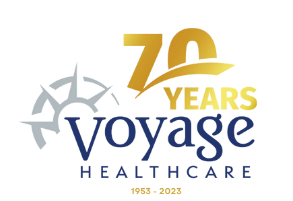Having a baby is a lovely and tremendous experience, but if you’re a working mother who also chooses to breastfeed, it often feels like a big task. The American Pregnancy Association recommends that children should be breastfed unless there is a medical reason not to. Those who opt to breastfeed and return to work may want to learn some of these important facts below.
5 Tips for Breastfeeding at Work
Whether you’re traveling or in an office, nursing mothers have a lot to worry about when it comes to breastfeeding. You’ve decided that breastfeeding is right for you and your baby, but now it’s time to go back to work, so how do you juggle those two? We’ve gathered a few tips for mothers who are planning to pump when they return to work.
1. Get a Good Pump.
There are quite a few options when it comes to breast pumps. Whether you opt to rent one from the hospital or invest in your own, a double-electric pump offers an efficient option over a manual pump, allowing you to get more milk more quickly. Check with your insurance as they may help to cover the cost of a breast pump with a prescription from your doctor.
2. Fight for Your Rights.
Is there a law for breastfeeding in the workplace? Yes! The federal law “Break Time for Nursing Mothers” was created in 2010 to support the rights of working moms. Under this law employers must allow time for pumping and a private location other than a bathroom. This law does not apply to businesses who employ 50 people or less, so you may still need to fight for your right for a break to pump. Unsure if the law covers you? Contact your state or local breastfeeding coalition.
3. Develop a Routine.
There isn’t much free time for a new mother, but if you can develop a routine for expressing milk, then you can efficiently streamline your process and reduce stress. You will need about 20 minutes for pumping plus time to set up before starting and clean and dry your pump parts after. You may want to consider how multitasking can benefit your routine such as being able to catch up on a few work emails during your pumping time. A good hands-free pumping bra can help with this.
4. Mark it on the Calendar.
It might sound arbitrary, but scheduling times for pumping and marking it on a calendar is essential. Work is frequently demanding and distracting, and before you know it, you’ve missed your time slot for pumping. When a pumping mom misses a pumping session, it may lead to engorgement—where milk collects in the lobules and causes swelling or firmness of the breast. If left untreated, clogged milk ducts or even mastitis (an infection within the milk ducts) may occur. Marking time on your calendar or setting the alarm on your phone helps to ensure you don’t miss a pumping session while working. And remember, breastmilk is all about supply and demand. The more often you pump, the more milk you will be able to bring home to your
baby.
5. You Might Not Get It Right Away.
Expressing milk is sometimes tricky, so don’t worry if you don’t get it right away. You may even experience a few embarrassing moments, but fret not, you will get the hang of it! Don’t worry if you happen to have some setbacks like forgetting your breast pads, leaving pumping tubes at home, or even failing to lock the door. Don’t give up! Keep in mind that you are providing the best nutrition for your baby.
Breastfeeding Basics at Voyage Healthcare
Whether you opt to breastfeed while working or not, check out Voyage Healthcare's Breastfeeding Basics educational course! We offer our next FREE class on Thursday, September 27, 2018, at 7:00 pm at our Center For Women's Health in Plymouth.
Get to know more about a healthy pregnancy with our FREE downloadable guide below!

.jpeg?width=600&name=AdobeStock_125975883%20(1).jpeg)



Comments